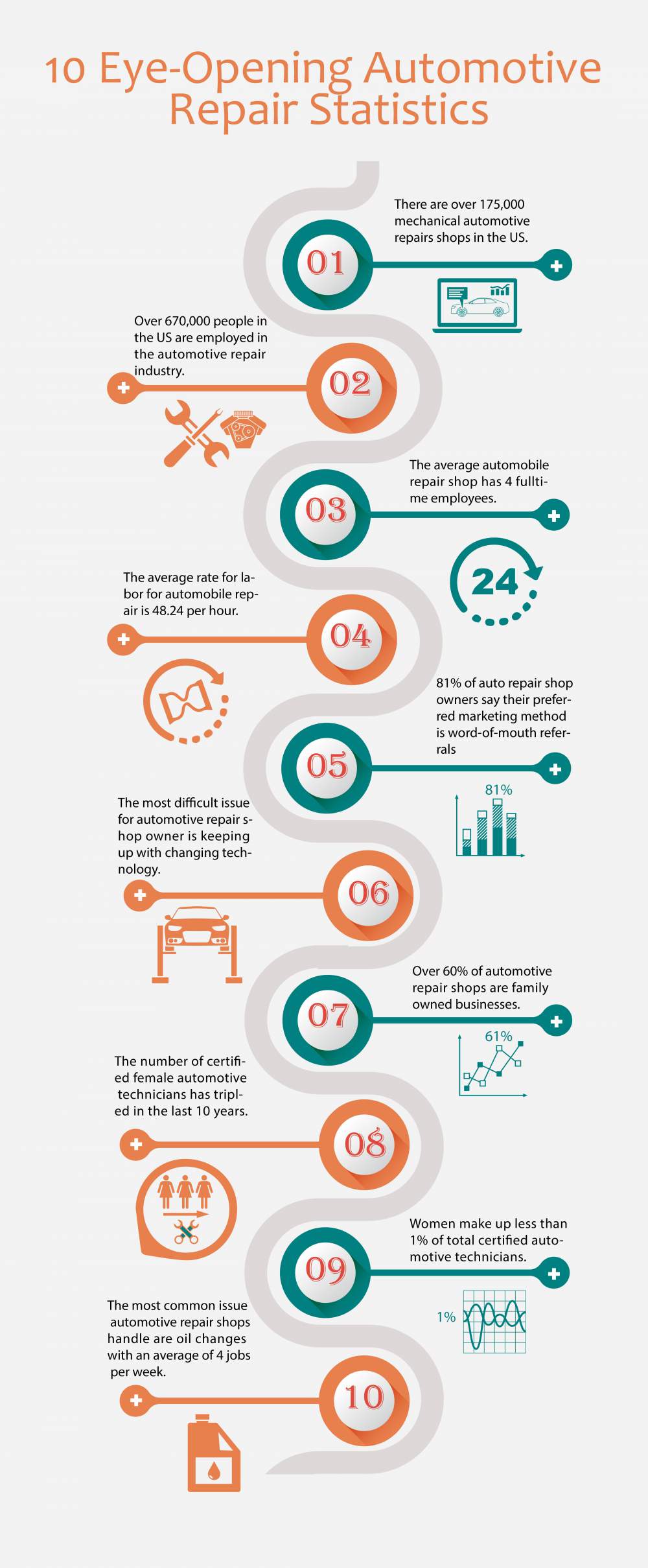Wondering Concerning The Definition Behind Those Control Panel Caution Lights? Gain Understandings Right Into Their Implications For Your Vehicle'S Safety And Security And Upkeep
Wondering Concerning The Definition Behind Those Control Panel Caution Lights? Gain Understandings Right Into Their Implications For Your Vehicle'S Safety And Security And Upkeep
Blog Article
Article Writer-Faulkner Gilbert
When you lag the wheel, those glowing warning lights on your control panel can be a little bit complicated. Do you know what they're attempting to tell you regarding your automobile's health? Comprehending the significance of these lights is essential for your safety and the longevity of your vehicle. So, the following time one of those lights turns up, wouldn't you intend to decode its message properly and take the essential steps to address it?
Common Caution Lighting and Interpretations
Recognize common caution lights in your car and understand their definitions to ensure secure driving.
One of the most common caution lights consist of the check engine light, which indicates issues with the engine or emissions system. If https://brake-shop-near-me30517.tkzblog.com/30153654/techniques-for-recognizing-a-trustworthy-auto-repair-facility-in-your-region begins, it's crucial to have your vehicle checked without delay.
The oil stress cautioning light shows low oil pressure, requiring instant focus to avoid engine damages.
A flashing battery light could recommend a damaged billing system, possibly leaving you stranded otherwise resolved.
The tire pressure surveillance system (TPMS) light informs you to reduced tire pressure, impacting car stability and fuel performance. Disregarding Read the Full Write-up could lead to risky driving problems.
The abdominal muscle light shows a trouble with the anti-lock braking system, endangering your capacity to stop swiftly in emergency situations.
Finally, the coolant temperature level alerting light warns of engine getting too hot, which can cause severe damages otherwise resolved quickly.
Recognizing these usual warning lights will certainly assist you address issues without delay and maintain risk-free driving conditions.
Significance of Prompt Attention
Recognizing the common caution lights in your automobile is just the initial step; the importance of without delay resolving these warnings can't be highlighted sufficient to ensure your safety and security when driving.
When a warning light illuminates on your dashboard, it's your vehicle's way of communicating a potential issue that requires interest. Neglecting these warnings can bring about extra severe troubles down the road, compromising your safety and possibly costing you extra in repairs.
Motivate focus to cautioning lights can avoid malfunctions and crashes. For instance, a flashing check engine light might suggest a misfire that, if left unattended, can create damages to the catalytic converter. Resolving this immediately can save you from an expensive repair service.
Likewise, a brake system advising light might signal low brake fluid or worn brake pads, essential parts for your security when driving.
Do It Yourself Troubleshooting Tips
If you observe a warning light on your dashboard, there are a couple of do it yourself fixing suggestions you can try before looking for expert assistance.
The first step is to consult your vehicle's handbook to recognize what the specific caution light indicates. Often the issue can be as simple as a loosened gas cap activating the check engine light. Tightening up the gas cap might settle the issue.
An additional typical problem is a low battery, which can cause different warning lights. Inspecting the battery connections for rust and ensuring they're secure might deal with the trouble.
If a caution light lingers, you can attempt resetting it by disconnecting the vehicle's battery for a couple of mins and then reconnecting it. Additionally, inspecting your lorry's liquid levels, such as oil, coolant, and brake liquid, can aid fix alerting lights associated with these systems.
Final thought
To conclude, understanding your automobile's caution lights is vital for maintaining your lorry running efficiently and safely. By quickly dealing with these alerts and understanding what they suggest, you can stay clear of costly repairs and prospective breakdowns.
Remember to consult your automobile's guidebook for specific details on each warning light and take action accordingly to make sure a trouble-free driving experience.
Stay notified, stay secure when driving!
